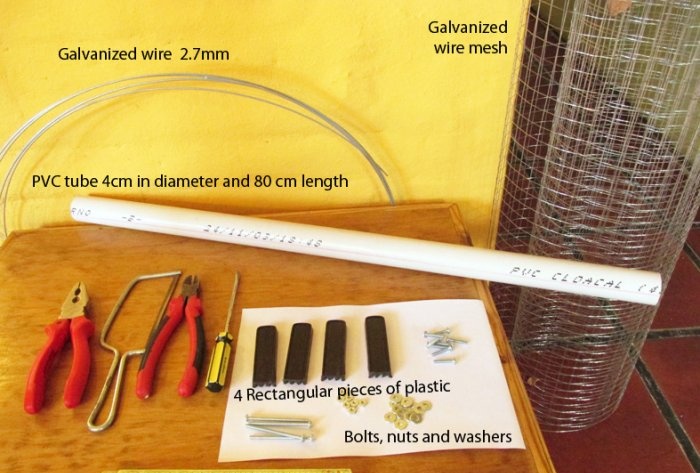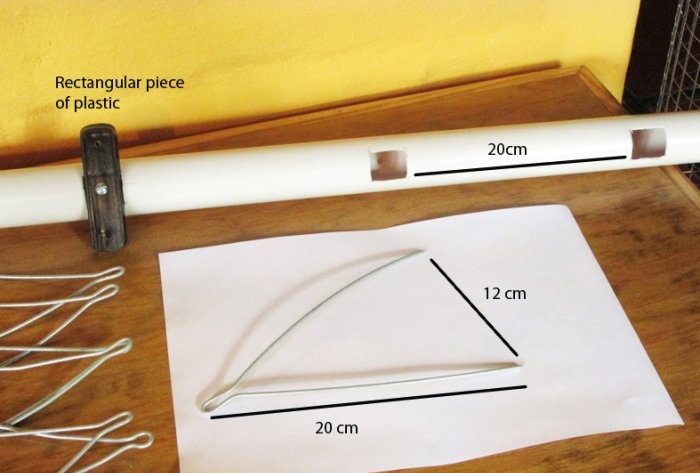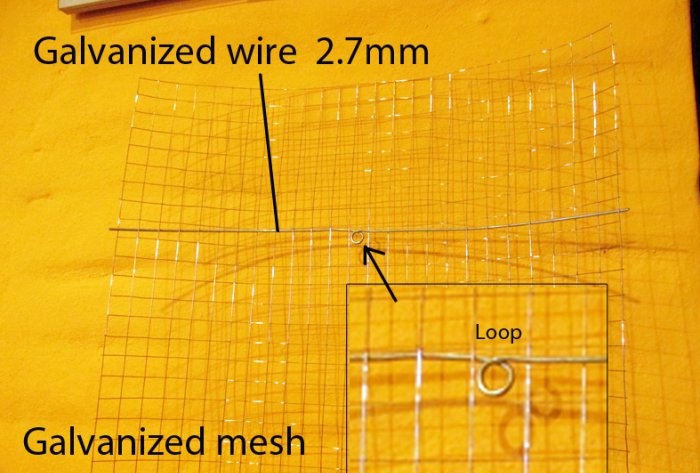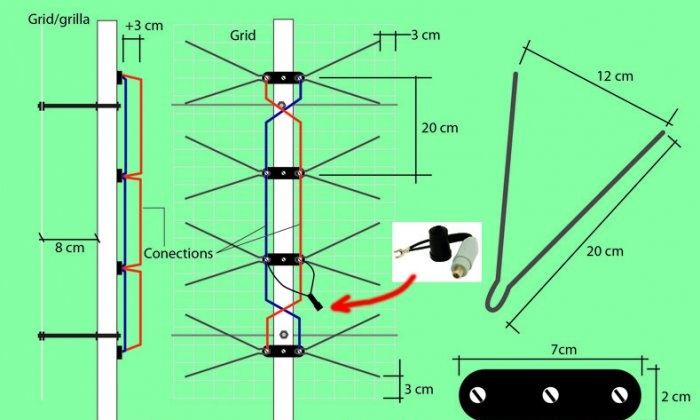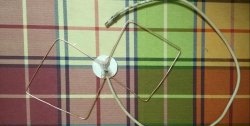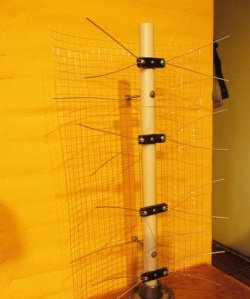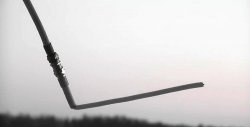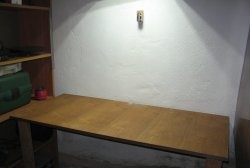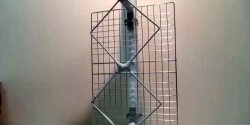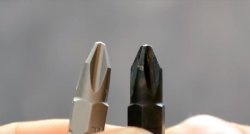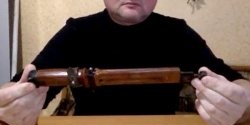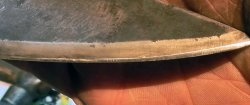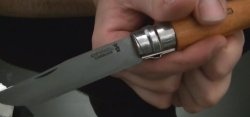DIY outdoor antenna for digital TV
The active transition from analogue television to digital TV forces the installation of a new type of antennas, which, due to the hype, are sold much more expensive than their actual cost. Not wanting to spend money on such equipment, you can make it yourself using cheap components from a hardware store.
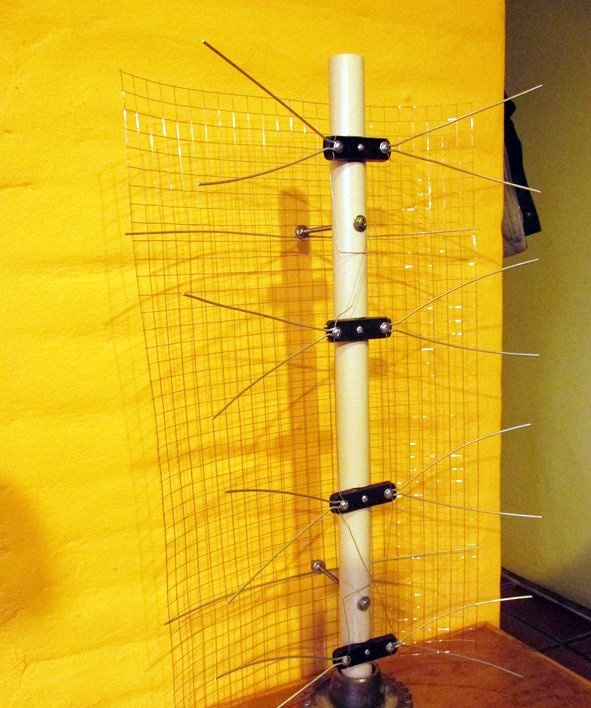
To assemble a digital antenna you will need a simple set of tools, namely a screwdriver, pliers, wire cutters, a hacksaw, a drill, a tape measure or a ruler. Materials you need to purchase:
You will also need to select a piece of plastic and make 4 plates of about 7x3 cm from it. You can cut absolutely any plastic product of sufficient thickness, at least 5-10 mm.
First you need to cut windows into the PVC pipe to insert plastic pads. The outer ones are made with an indentation of 10 cm from the top and bottom of the tube, the remaining 2 with a step of 20 cm. The windows are cut in at a height of 32 mm. After this, you need to drill holes to tighten the plates with the tube. For this, screws 60 mm long are used. In addition, you will need to make holes at the ends of the plates in order to secure the antennae in the future.
Now you need to make the antennae themselves. You will need 8 of them. The antennae are bent in the shape of the letter “V” from thick galvanized wire with a cross-section of 2.7 mm. The length of each side should be 20 cm. The ends should be bent at such an angle that the distance between them is 12 cm. The finished antennae are attached to the plates, 2 for each. To do this, you need to use 30 mm long screws and washers.
It's time to assemble the screen. To do this, you need to cut a galvanized mesh to a size of 66x48 cm. At the top and bottom of the mesh, fastenings are made. To do this, you will need to insert a thick wire with a cross-section of 2.7 mm through the cell. A loop is made in its center, which will subsequently be used for attaching with a hairpin.
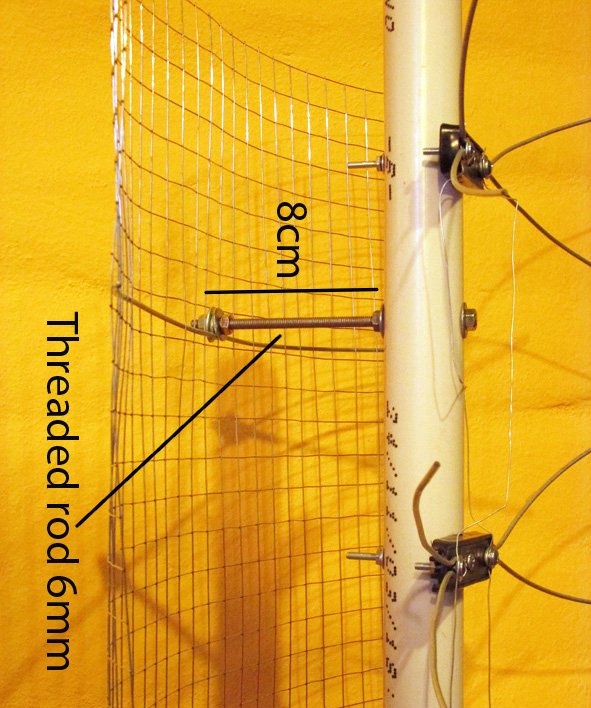
Next, you need to set the grid in the center of the rectangle created by the ends of the antennae. Opposite the loops, through holes are made in the tube. Studs 140 mm long are inserted into them. First, each of them is fixed to the tube on both sides with nuts and washers. Afterwards, a mesh with loops is attached to it in a similar way. The distance between the beginning of the mesh and the tube should be 80 mm.

All that remains is to connect the antennae together. To do this, take galvanized wire with a cross section of 0.8 mm. The connection is made according to the diagram. For reliability, you need to press the wire with the same washers that secure the antennae.
To connect a television coaxial cable to the antenna, you need to take any adapter with a cable. It could be TS9, DVB-T RF or any other. The unnecessary part of the adapter is cut off, and the remaining wires are screwed according to the diagram. After this, a coaxial cable leading to the TV is connected to the existing adapter using a suitable adapter.
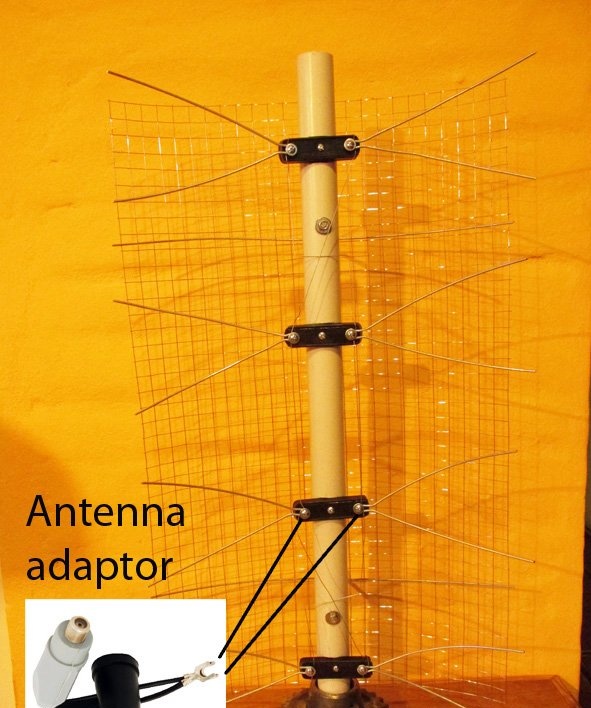
This is a completely easy-to-assemble antenna that can be made in just an hour. It is installed outdoors, just like an ordinary analog antenna. If you use a short coaxial cable, you can do without an amplifier. If your TV supports T2, then you don’t need a signal converter.
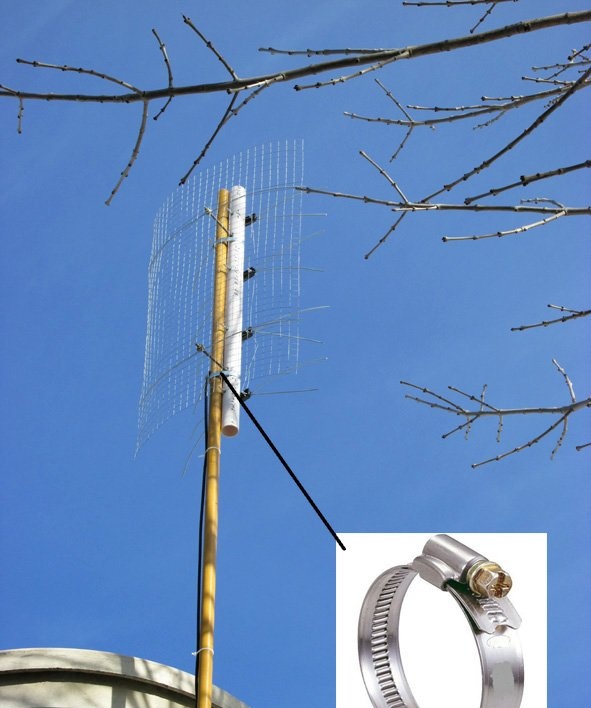
This antenna is broadband and will pick up both analogue and digital television channels well. Regardless of whether in the meter or decimeter frequency range.

Required tools and materials
To assemble a digital antenna you will need a simple set of tools, namely a screwdriver, pliers, wire cutters, a hacksaw, a drill, a tape measure or a ruler. Materials you need to purchase:
- PVC tube 40 mm – 80 cm;
- galvanized wire with a cross section of 2.7 mm;
- galvanized wire with a diameter of 0.8 mm;
- galvanized mesh with a fine mesh;
- M4 screws 30 mm – 8 pcs.;
- M4 60 mm screws – 4 pcs.;
- studs M6 140 mm – 2 pcs.;
- nuts for M4 screws – 12 pcs.;
- nuts for M6 screws – 8 pcs.;
- washers for M4 screws – 12 pcs.;
- washers for M6 screws – 8 pcs.;
- antenna adapter TS9, DVB-T RF or any other with wiring.
You will also need to select a piece of plastic and make 4 plates of about 7x3 cm from it. You can cut absolutely any plastic product of sufficient thickness, at least 5-10 mm.
Antenna assembly for digital television
First you need to cut windows into the PVC pipe to insert plastic pads. The outer ones are made with an indentation of 10 cm from the top and bottom of the tube, the remaining 2 with a step of 20 cm. The windows are cut in at a height of 32 mm. After this, you need to drill holes to tighten the plates with the tube. For this, screws 60 mm long are used. In addition, you will need to make holes at the ends of the plates in order to secure the antennae in the future.
Now you need to make the antennae themselves. You will need 8 of them. The antennae are bent in the shape of the letter “V” from thick galvanized wire with a cross-section of 2.7 mm. The length of each side should be 20 cm. The ends should be bent at such an angle that the distance between them is 12 cm. The finished antennae are attached to the plates, 2 for each. To do this, you need to use 30 mm long screws and washers.
It's time to assemble the screen. To do this, you need to cut a galvanized mesh to a size of 66x48 cm. At the top and bottom of the mesh, fastenings are made. To do this, you will need to insert a thick wire with a cross-section of 2.7 mm through the cell. A loop is made in its center, which will subsequently be used for attaching with a hairpin.

Next, you need to set the grid in the center of the rectangle created by the ends of the antennae. Opposite the loops, through holes are made in the tube. Studs 140 mm long are inserted into them. First, each of them is fixed to the tube on both sides with nuts and washers. Afterwards, a mesh with loops is attached to it in a similar way. The distance between the beginning of the mesh and the tube should be 80 mm.

All that remains is to connect the antennae together. To do this, take galvanized wire with a cross section of 0.8 mm. The connection is made according to the diagram. For reliability, you need to press the wire with the same washers that secure the antennae.
To connect a television coaxial cable to the antenna, you need to take any adapter with a cable. It could be TS9, DVB-T RF or any other. The unnecessary part of the adapter is cut off, and the remaining wires are screwed according to the diagram. After this, a coaxial cable leading to the TV is connected to the existing adapter using a suitable adapter.

This is a completely easy-to-assemble antenna that can be made in just an hour. It is installed outdoors, just like an ordinary analog antenna. If you use a short coaxial cable, you can do without an amplifier. If your TV supports T2, then you don’t need a signal converter.

This antenna is broadband and will pick up both analogue and digital television channels well. Regardless of whether in the meter or decimeter frequency range.
Watch the video
Similar master classes
Particularly interesting
Comments (5)

